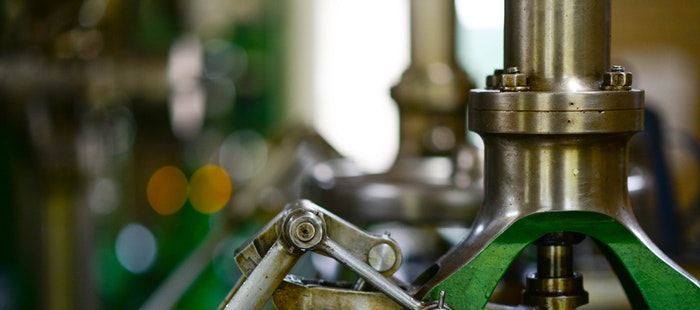
Sector sees highest monthly growth rates for over a decade
Latest figures suggest the manufacturing sector in Britain saw its highest monthly growth in March for over ten years.
New hires, increasing orders and output within the sector are all showing positive upward trends, and the IHS Markit/CIPS Purchasing Managers’ Index displayed a score of 58.9, with anything above 50 considered as a satisfying growth rate.
March Growth & Overcoming Challenges
As the UK vaccine rollout continues at pace, growth within the manufacturing sector gathered momentum and ballooned to a seven-year high.
However, this growth is creating some issues with excessive strain on supply chains, with logistical obstacles creating considerable delivery delays.
IHS Markit reports that supply chain management created considerable ‘constraint’ on the sector in March, which duly disrupted production timetables, deliveries of raw material and the supply of finished products to the end-consumer.
It also reported that vendor lead times lengthened to the second-largest extent in the history of the report due to the ongoing restrictions around the coronavirus in 2019, which led to low supply, travel disruptions, delays in shipping and post-Brexit teething issues.
The blockage at the Suez Canal by the container ship has also had a surprising impact on the sector. Although traffic has since resumed in earnest along the Egyptian canal, it took almost a week before the ship was freed by salvage specialists.
Inflation issues are also creeping up on the sector, with the extra cost passed along to the consumer, as output charges climbed at the quickest rate since January 2017.
In terms of employment, job growth within the sector increased considerably to a seven-year high, boosted by a sharp rise in work backlog.
Director of IHS Markit, Rob Dobson had this to say, “the domestic market remained the prime source of new orders, as companies reported that the vaccine rollout and clients’ preparations for the loosening of lockdown restrictions underpinned the expansion.”
He continues, “’Weak export sales and supply-chain issues are likely to remain constraints on growth moving forward, however, with shipping issues already leading to severe disruption to production schedules, raw material availability and the onward distribution of finished products to clients, especially abroad.”
All in all, the sector has enjoyed a fantastic end to the first quarter considering the obstacles hindering growth.
Challenges
However, despite these considerable gains during March, the reality of COVID, Brexit and the canal delays are likely to claw back some of this growth during April.
Having said that, in March, the same IHS Markit report remarked that stability had returned to a sector that had been rocked hard by intermittent lockdowns throughout 2020.
Chief Economic Advisor to the EY Item Club, Howard Archer, had this to say, “’The fact that the manufacturing sector saw healthy expansion in March despite ongoing lockdown reflects the fact that lessons have been learned and experience gained in maintaining operations throughout the pandemic.”
He continues, “For example, many factories have adapted to meet social distancing requirements, however, there were still some challenges for the manufacturing sector.”
It’s thought that the UK economy contracted by just 1% quarter-on-quarter in the first quarter of 2021, which when compared to the original anticipated three or four per cent.
If you’re interested in upgrading any of your existing equipment, or you’d like to hear more about our services or anything we’ve covered in this blog, why not get in touch today?

